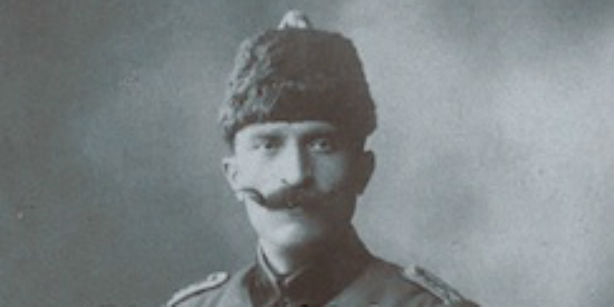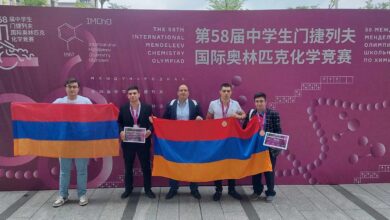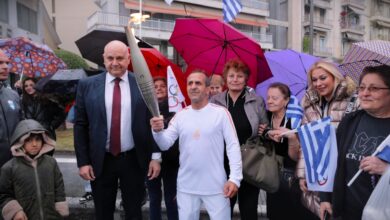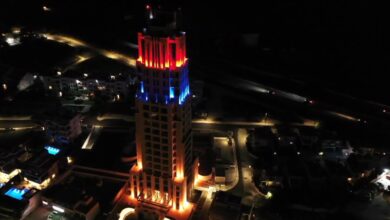Avedis Cebeciyan: An Armenian doctor in World War I

The book, titled “Bir Ermeni Subayın Çanakkale ve Doğu Cephesi Günlüğü 1914-1918” (The Journal of an Armenian Military Officer at the Çanakkale and Eastern Front, 1914-1918), which includes Dr. Avedis Cebeciyan’s memories of the war, has been translated into Turkish, Today’s Zaman reports.The book was originally written in Armenian and published in Beirut in 1986.
The book reveals another perspective of the war and contains some of Cebeciyan’s insights. Some moments of the battle, bombardments by Allied countries and tents set up for those injured in the war are among the moments covered in the book by the Armenian doctor.
Cebeciyan states in the book that the Deportation Law, which was enacted on May 27, 1915, came as another tragic incident Ottoman Armenians suffered during the war. Cebeciyan describes the situation of those who suffered due to the deportation policy, as his family members, including his pregnant wife, were deported to Syria in 1915.
In a journal entry dated Aug. 13, 1915, Cebeciyan wrote: “An enemy aircraft bombed us three times today. One of the bombs landed four meters away from my tent. I wasn’t in the tent and the bomb didn’t explode. It just got stuck in the ground and we dug it out. There are many injured people here. It’s painful to witness the sufferings of thousands of people and not being able to do anything for them but transfer them [to hospitals]. We have transferred 11,000 wounded in the last three days and there isn’t enough space on the ships for all of them. I have spent most nights without any sleep carrying out the transfers.”
“The bombardment has finally ended. However, a ship has caught on fire. I stood up on a steep mountain, and called to the soldiers, saying: ‘Come on, this is a day to serve the country. Come to [extinguish] the fire!” Cebeciyan wrote in another entry dated Sept. 3, 1915.
Cebeciyan attended the American University of Beirut with the encouragement of his father, Hovhannes Cebeciyan — one of the Armenian gentry in Gaziantep province, and graduated as a doctor. After serving in Şanlıurfa for a while, he continued to work at the Sev Gaziantep American Hospital. He also served in Germany and Switzerland to gain more experience and specialize in his profession. The Adana massacre of 1909, which resulted in the death of 20,000-30,000 Armenians and 1,300 Arameans (Syriacs), broke out when his wife was pregnant with their first child. Cebeciyan decided to return to Gaziantep, his hometown, because things were becoming unbearable for him after his father-in-law was killed on his way to Osmaniye.
Cebeciyan heard that many of his relatives had been killed while he was treating those who were injured during World War I. His brother, Kirkor, had been banished to Syria and was able to come back only after the war. He returned to Syria’s Aleppo Governorate after the Armistice of Mudros was signed on Oct. 30, 1918. He earned a living by establishing a clinic with his brother-in-law, Filip Hovnanyan, who was also a doctor. He treated those who were injured during the 1915 Armenian massacres and worked at the clinic until 1952, two years before his death.








